When They Were Boys (34 page)
Read When They Were Boys Online
Authors: Larry Kane
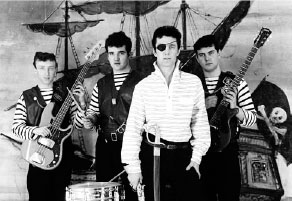
Unheralded in most accounts of the era, Johnny Kidd and the Pirates were emulated by the Beatles. (L-R) Johnny Spence, Frank Farley, Johnny Kidd, Mick Green.
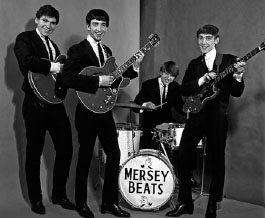
The Merseybeats, pictured here in 1963, often shared a stage with the Beatles and were among the boys' biggest supporters. (L-R) Aaron Williams, Tony Crane, John Banks, Billy Kinsley.
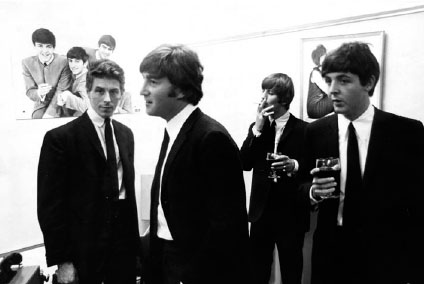
Stylish and filled with drama and excitement, writer and promoter Derek Taylor (left) was a critical force in the Beatles' takeover of the world's music in 1963â1964.
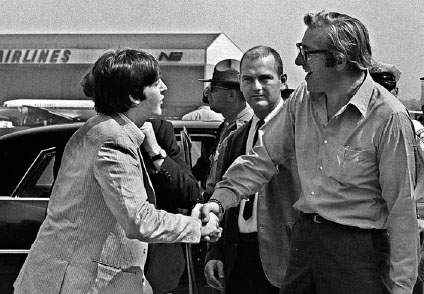
Paul McCartney and Mal Evans in Boston, 1964. Evans spent most of his early adult life serving the Beatles in various ways. His death in 1976 was shocking, and his true impact on the Beatles' success was never fully recognized.
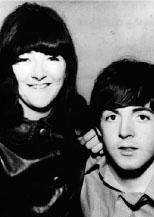
Paul with Freda Kelly, secretary to the Beatles and Brian Epstein. Freda's stories of the boys are filled with admiration and respect.
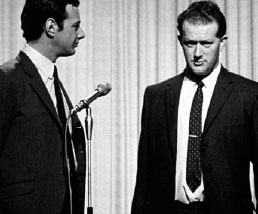
Described by the author as the most talented press officer he ever met, Tony Barrow (right) shares a moment with Brian Epstein in 1966.
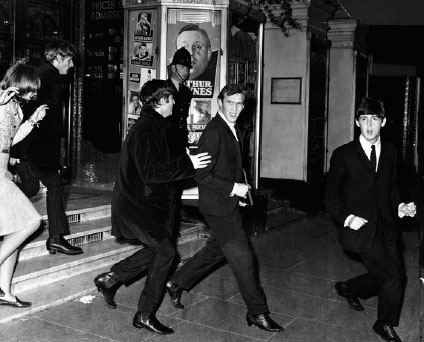
The manager of the Beatles' empire through five decades, Neil Aspinall leads the boys out of the London Palladium in October 1963, with hundreds of teenagers in pursuit.
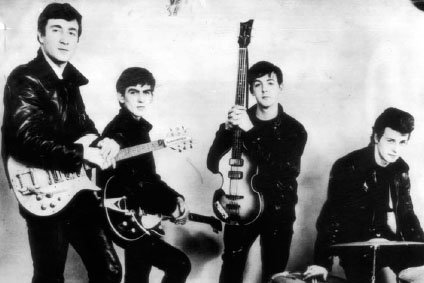
Photographer Albert Marrion's famous studio photo of the Beatles, with Pete Best on drums and the boys all in leather, taken on December 17, 1961.
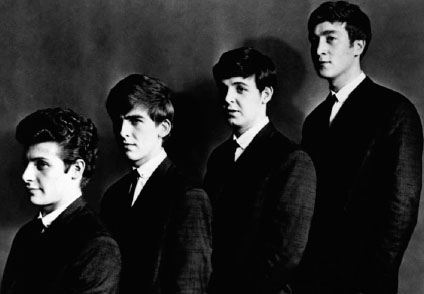
The makeover by Brian Epstein begins. This photo from early 1962 shows the initial style changes ordered by Epstein.
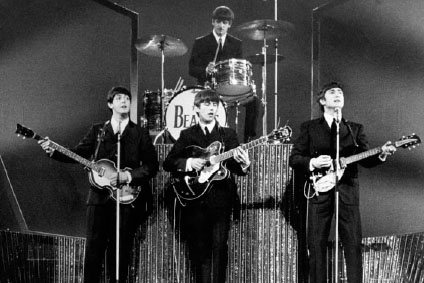
The makeover continues. The contrast in the band's look from just a year earlier is striking at this October 1963 Palladium concert.
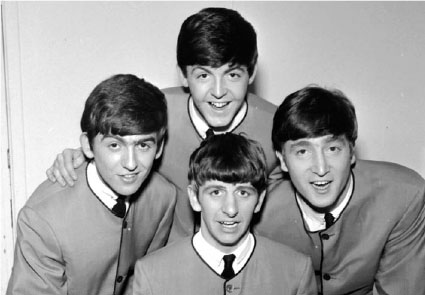
Collarless and coiffed, “Mod” style takes over as the former leather-and-denim boys startle the fashion world, 1963.
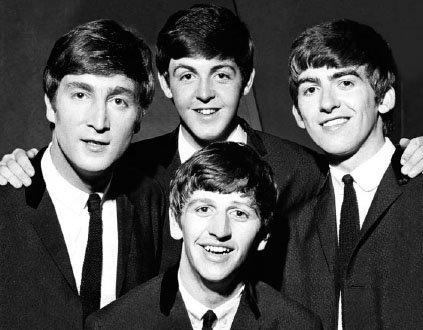
Poised to embark on their first American invasion, the Beatles pose for a close-up in this October 14, 1963, photo.
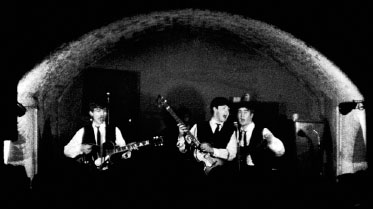
The boys perform on February 19, 1963, at the famous Cavern Club in Liverpool, where they would make nearly three hundred appearances.